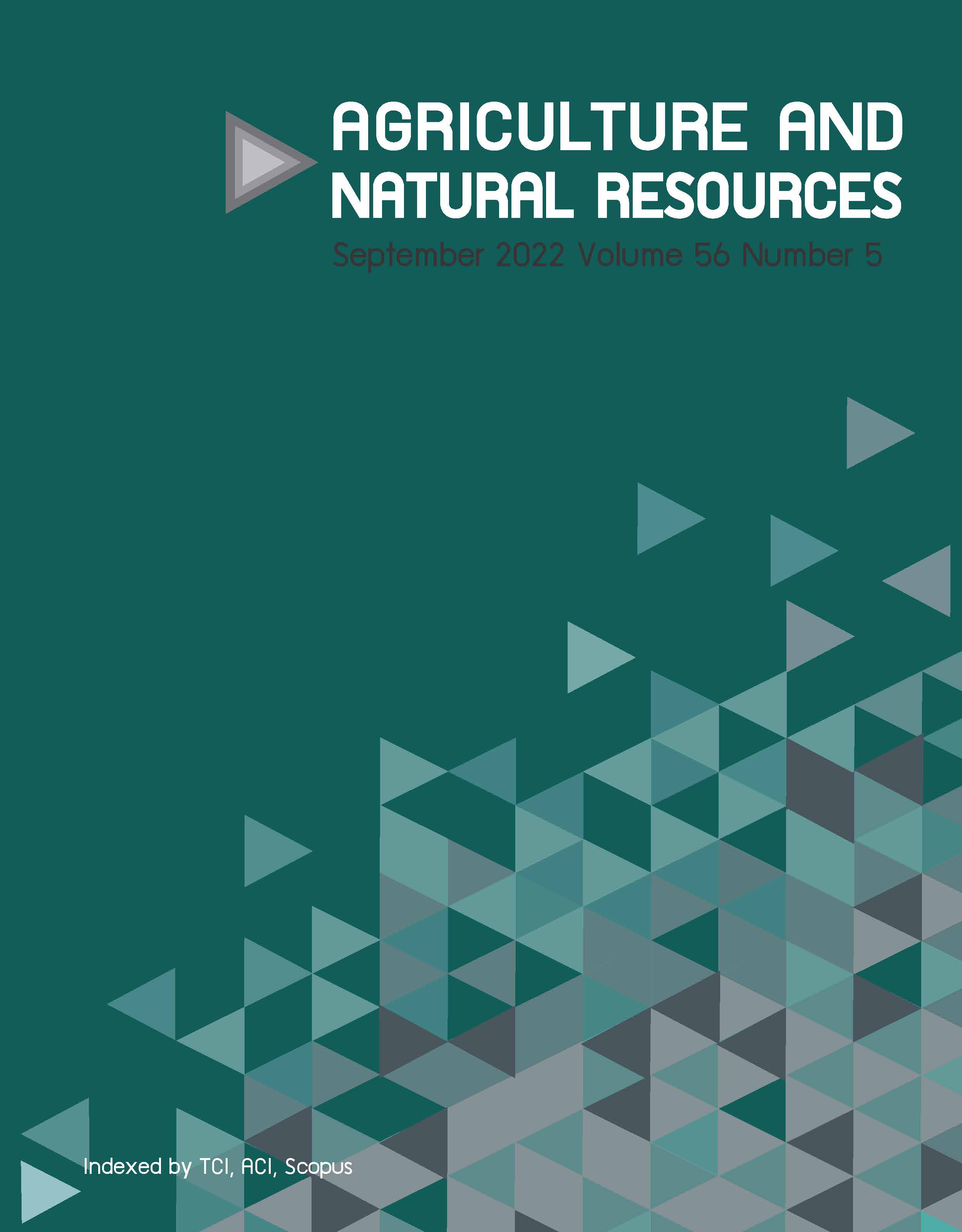Evaluation of four Melaleuca species for wood and non-wood production in Thailand
Keywords:
Aboveground biomass, Broad-leaved Melaleuca species, Foliar essential oils, Growth and tree form, Tea treeAbstract
Importance of the work: Melaleucas are used for a range of purposes, including land reclamation and wood and non-wood products. Evaluation of species performance to determine its potential for revegetation is important for successful planting on degraded peat swamp forest in Thailand.
Objectives: To assess a range of quantitative and qualitative traits of Melaleuca species to determine their potential as revegetation species in southern Thailand.
Materials & Methods: Four Melaleuca species (M. alternifolia, M. cajuputi, M. leucadendra and M. quinquenervia) were assessed for growth and survival, aboveground biomass, tree form and foliar essential oils on a site affected by seasonal waterlogging in Thailand.
Results: Assessment at 45 mth after field planting revealed considerable variation in all growth parameters among the species and to some extent between provenances within species. None of the species was superior overall, as individual species possessed certain characteristics either superior or inferior to the others. Melaleuca alternifolia had the highest mortality and was the least vigorous of the four species; however, it had a high foliar oil concentration and terpinen-4-ol level that was coupled with low 1,8-cineole that qualified it for essential oil markets. Further testing of this species on alternative sites is warranted. Melaleuca cajuputi survived and grew well with a reasonable bole length. In addition, its abundant leaf mass and acceptable oil yield and 1,8-cineole level in the M. cajuputi provenances tested qualified them for planting for wood and leaf oil production. M. leucadendra and M. quinquenervia had good growth and survival but their oil yields and concentrations were well below the levels required for economic production of essential oils, making them suitable for wood production only.
Main finding: These four Melaleuca species have potential either for wood or foliar essential oil production in Thailand. None of the species was superior overall because individual species possessed certain characteristics either superior or inferior to the others.
Downloads
Published
How to Cite
Issue
Section
License
Copyright (c) 2022 Kasetsart Universityonline 2452-316X print 2468-1458/Copyright © 2022. This is an open access article under the CC BY-NC-ND license (http://creativecommons.org/licenses/by-nc-nd/4.0/),
production and hosting by Kasetsart University of Research and Development Institute on behalf of Kasetsart University.







